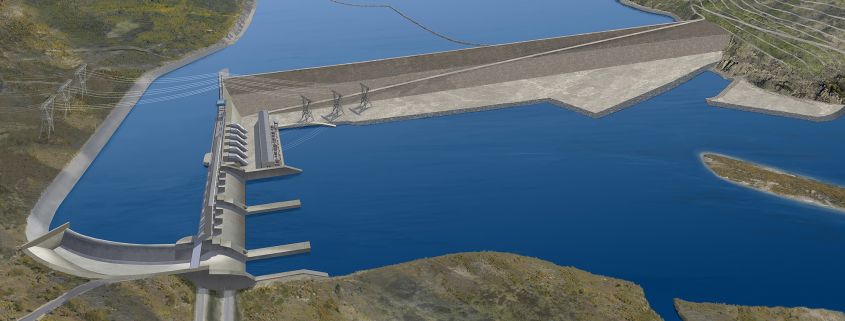Christopher Pollon on the Proposed Site C Dam
The Peace River that still flows wild in north-east British Columbia is as unusual as it is beautiful, but that won’t stop its being dammed once and for all. Journalist Christopher Pollon has dug into the story including a canoe trip along the Peace itself, and still hasn’t figured out why is the mega Site C dam being built after all these years when demand for hydro in BC has been falling steadily for ten years.
The 93 km stretch of the Peace River is the last stretch still to be dammed according to a 1960’s plan that has already seen two dams go up 40 years back. The project itself was exempted from further environmental review, and a pre-historic treaty with the native groups that will be affected has given government the green light. But why?
Mega dams are expensive short-term infrastructure projects that may offer solid evidence of a political politician’s delivered promise, but in so many other ways they are as harmful to the environment and the people that live there in as they are big in size. Mercury contamination, habitat destruction, and in this case, the submerging of super productive farm land that’s unique to North America.
Yes, the Peace River flows north, joins the McKenzie River, and ultimately splashes down in the Arctic Ocean. It’s not a waste of perfectly good water though. The Arctic needs every drop of water it can get, given that technically, it’s a desert. Without water coming into the region, the Arctic could become as arid as the Sahara.
Nine billion can get you a lot of alternative energy without having to string up massive hydro lines. Think small local energy production. It may not be as sexy as a monster dam, but it sure can make life a lot better for people living in areas of the country not presently being serviced with green friendly electricity.
Just because we can, doesn’t mean we should; especially when we know all too well what the down-sides are, such as fish contaminated with mercury for decades to come.



